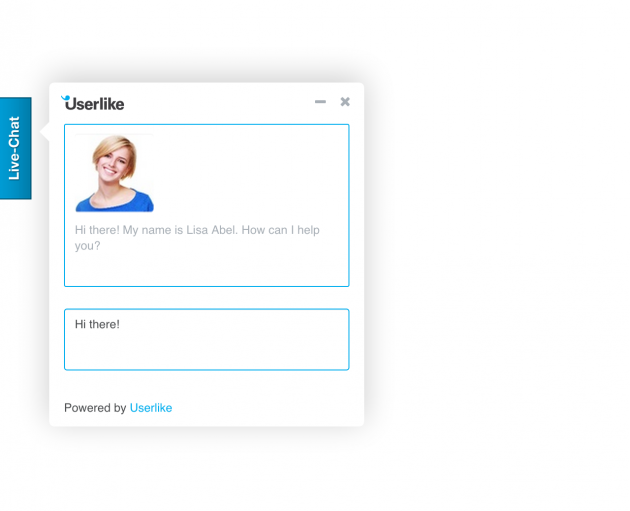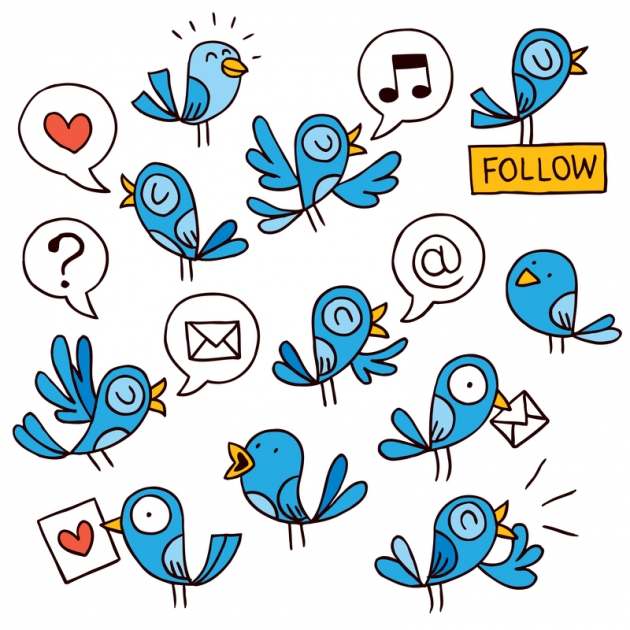How to build personal relations with the visitors of your website
Relationships are the basis for business. This is true for all industries and sectors, including eCommerce. They are the vital asset for the sustainability of a company and essential for growing. They add value, improve customer satisfaction and helps you win their loyalty.
It’s also common knowledge that keeping a customer is 7 times cheaper than attracting a new one, and therefore keeping a healthy relationship is essential for sustained success.
However, developing and managing those relationships is not easy, especially in the rather anonymous world of eCommerce. You need a systematic approach. Let’s see how you can turn anonymous website visitors into loyal customers.
Start the Conversation
It all starts with the first contact. The first time a person visits your website is your one and only chance to make a first impression, a vital opportunity to grab attention and take the first steps towards conversion.
The difference between a conversation and a monologue is that in the former communication goes both ways. The web is filled with sites that only engage in monologues, simply throwing their message into your face and hoping that you like it. The much more friendly, entertaining and memorable sites are those where the visitors can talk back, where they can interact.
There are plenty of creative ways at which this can be achieved. One way is to add a nice video on your front page, such as Adidas Design. The Interactive UK Energy Consumption Guide offers you a home page on which you can scroll through the years and see in a graphical representation how the division on energy resources has changed. On Userlike.com visitors can enter their URL to get a preview of how the live chat software would look like on their website.
Which brings us to the next point: live chat. With a proactive live chat tool it is possible to engage website visitors in a conversations from the moment they land on your page. This can also be a good way to make your website more interactive and start the conversation.
Whatever tactic you employ, the goal should be to get your visitor to a point where you can follow up with him. For this your visitor must have left his/her contact info and given you permission to follow up.

Follow Up
If your visitor left his contact details, e.g. by signing up for your newsletter or giving his/her contact info you can follow up through these channels. However, following up with your customers can be done through social media channels as well. It’s a good idea to follow the social media profiles of interesting visitors and engage with them there.
This is especially a powerful tactic when you’re a B2B company. Companies are on these social channels to gain visibility, so they generally welcome interactions.
Whether it’s automatic or manually, try to follow up on each interaction the user had with your company. It’s important to you show that you are able to respond to enquiries within an acceptable timeframe. This is also applicable to post-sales follow up and feedback, as we will now explore.

Ask for Feedback
The power of feedback is unmeasurable. When properly managed, customer feedback can allow for the optimisation of your product as well as the boosting of customer satisfaction. Like in a good marriage, communication should go both ways. You don’t want to be one of those couples where one side does all the talking and doesn’t listen when the other side has something to say. A bilateral communication makes the difference between transactional and relational selling.
By asking for feedback, listening, and following up on it, your company becomes social in the eyes of your customers. At Userlike we get plenty of suggestions for new features or alterations. All our team members know they should encourage customer feedback by asking follow up questions until the concept of the feature/alternation is clear.
When it’s a realistic idea it goes into the idea box to be discussed in the team, together with the contact information of the person asking for it. When we decide to implement the change, we get back to the requestor, or we come back to him with an explanation of why we decided not to implement. Whether the feature was implemented or not, the customer feels heard and taken seriously.
Keep Communication Channels Open
Customers must have the impression that your company is always there for them, like a good friend. They must believe that you are reachable, no matter what or when and that what they have to say will be listened and appropriately responded to.

Developing a strong and consistent customer service strategy is a must-do for any company. From small startups to large enterprises, customers expect high standards. To ensure that a high quality service is provided to your website visitors and customers, train your service employees to become your own brand ambassadors, show them how you want them to communicate and embrace your customers.
Reward and Be Thankful to the Most Loyal
As pointed before, customers love to feel valuable for companies or businesses. Most likely they will prefer to stick with a company who nurtured a close relationship than to churn to an unknown competitor (with similar conditions). Therefore it makes sense to reward your loyal customers, for example by giving out a discount on the so manieth purchase or by staying with you for a certain amount of time.
Rewarding, as well as showing your appreciation and gratefulness to your customers, will not only improve your personal-business relationships with them but also increase the chances of them recommending your service or product to others.
blog comments powered by Disqus


















